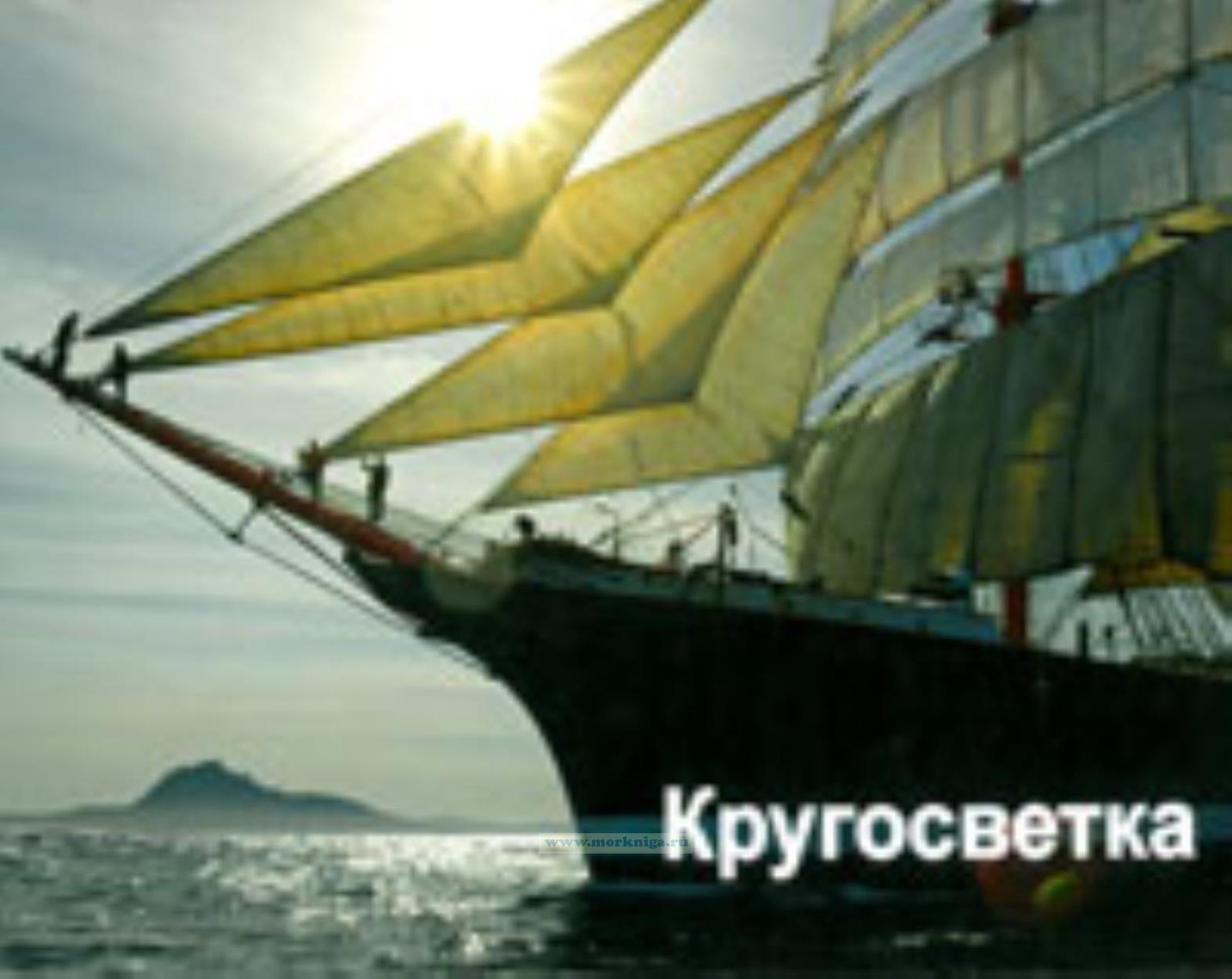The grab bag book. Your ultimate guide to liferaft survival
Throughout this book the word 'skipper' is used to describe the person in charge of the boat. The skipper is not necessarily the owner of the vessel, though he may be. The use of the masculine and feminine pronoun is arbitrary. It does not indicate that one gender or another is preferred or desired for any particular job or function.
This book is written especially for those who sail aboard pleasure vessels of any size, whether sail, motor or both. A pleasure vessel of 13.7 m (45 ft) or more in length is classified as a Class XII vessel in the UK. Yachts that cease to be 'pleasure vessels' and/or Class XII vessels are subject to different legal requirements and codes of practice. Those regulations are not taken into account in this book and must be reviewed before any safety equipment is purchased.
This book complies with the International Maritime Organisation (IMO) resolution A.657(16).
Содержание:
Содержание
Authors' note
BEING PREPARED
Proper preparation and training
Liferaft emergency packs
Why you need a grab bag Your yacht and its equipment
Radio and an overview of GMDSS Emergency
Position Indicating Radio Beacon
Lessons learned from disasters
Shoreside preparation
YOUR LIFERAFT AND ITS CONTENTS
Choosing a liferaft Liferaft types
SOLAS liferaft
Size and position
Liferaft emergency packs
Additions to your liferaft
Servicing your liferaft
Renting a raft Training
YOUR GRAB BAG AND ITS CONTENTS
Choosing a container
What to pack in your grab bag
Search and rescue equipment
Maintenance and protection
Medical aids
Food and drink
Survival and morale
Personal
Miscellaneous
Last minute grabs
Shopping lists
Maintenance and service
ABANDONING SHIP
Emergency signals An urgent situation
Preparing to abandon ship Summoning help
Staying with the yacht Abandoning the yacht
Action once in the water
Righting a capsized raft
INITIAL AND SUBSEQUENT ACTIONS IN THE LIFERAFT
Immediate actions in a liferaft
Secondary actions in a liferaft
LONG-TERM SURVIVAL IN A LIFERAFT
Water
Food
Protection
Location
Psychological disintegration
INITIAL FIRST AID AND EMERGENCY TREATMENT
General assessment
Unconsciousness
Near drowning Bleeding
Shock
Hypothermia
Burns
Fractures
Fuel oil contamination
Prescription drugs
AILMENTS
Seasickness
Cold injuries
Heat illnesses
Salt-water boils
Dry mouth and cracked lips
Swollen legs
Constipation
Urine retention
RESCUE
Who might arrive
Attracting the attention of rescue units
The arrival of fixed wing aircraft
Rescue by helicopter
Rescue by ship
Landing and beaching
Ashore
APPENDIX
1 Voyage details plan
2 Mayday VHF procedure
3 Mayday SSB procedure
4 Sources of supplies and information
Index


 Кругосветка + CD. Седов. Кругосветное плавание 2012 - 2013
Кругосветка + CD. Седов. Кругосветное плавание 2012 - 2013  Вокруг Японии - 2006. Chava expedition
Вокруг Японии - 2006. Chava expedition  Skipper's Onboard Diesel Guide
Skipper's Onboard Diesel Guide